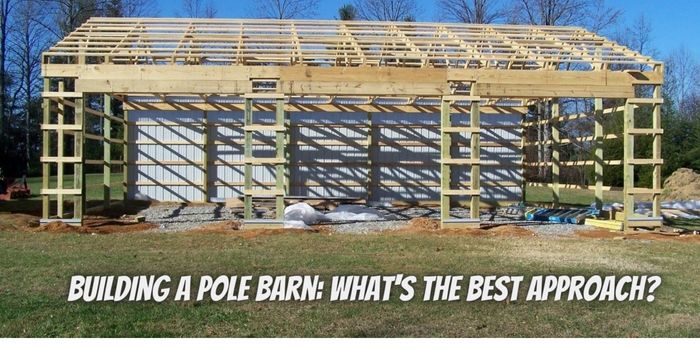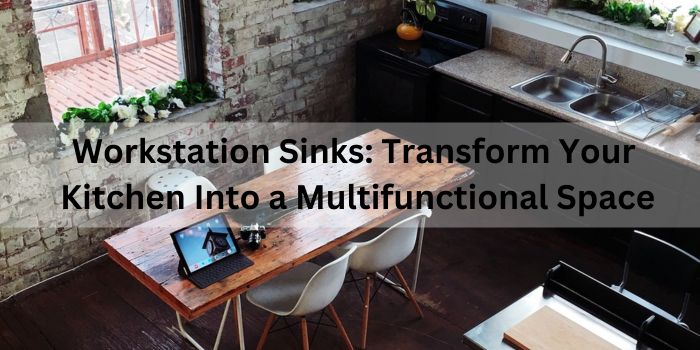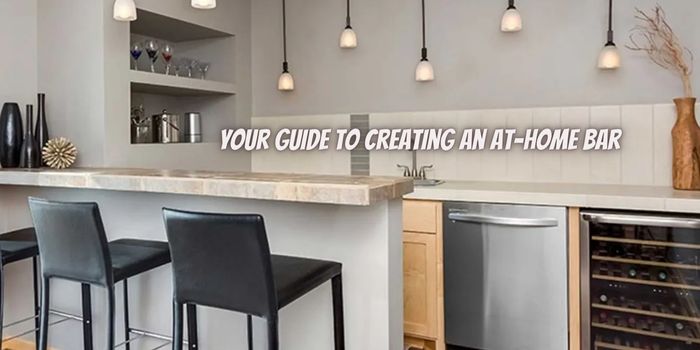Pole barns have captured the attention of many people these days. They are constructed from proper planning, and the structures have been finagled to enhance structural efficiency. The Pole Barn is a post-frame structure that has been planned for commercial, residential, and agricultural uses. Pole barns are recognized for their reliability and power to fight miscellaneous weather conditions. The construction involves attaching the poles strongly to the ground and connecting them with horizontal girts and trusses to form the structure.
The walls of a pole barn are usually made of metal siding or wood, while the roof can be covered with metal or shingles. These structures are famous for lodging livestock, and storing farm tools, hay, or grain, as well as they can be utilized for building workshops, garages, or even residences. Their affordability, short construction time, and adaptability make pole barns a sensible choice for those who are seeking functional and reliable storage or workspace solutions. However, building a pole barn demands careful planning and execution which secure a successful outcome.
Major steps to consider before building a pole barn
Here are some major steps you should consider before building a pole barn:
-
Planning and designing
The foremost effort in building a pole barn is thorough planning and design. This step forms the foundation for a victorious construction process. Decide the purpose of your pole barn, whether it is for storing equipment, housing livestock, or operating as a workshop. Evaluate your needs and measure the mandated size accurately. Also, think of future growth or expansion plans. Select a convenient location for your pole barn. Consider factors such as accessibility to utilities, and the effect on surrounding structures or natural features. Contact your local building department to ask about zoning limitations, setback requirements, and necessary credentials. Portray a basic floor plan viewing the number and placement of doors, windows, and other features. Moreover, Assess the roof angle, ventilation requirements, and any desired extras such as insulation, electrical wiring, or plumbing. Select the materials you’ll use for the frame, walls, and roof. Additionally, consider the durability, cost, and maintenance requirements of each material.
-
Organize construction site
Once the planning and design step is complete, it’s time to organize the construction site. Proper site preparation is necessary for a durable and long-lasting pole barn. In this step, the pole barn builder will vacate the area of any vegetation, debris, or obstacles. Balance the ground to ensure a constant floor. They will remove or handle any drainage problems that may dissemble the site. After this procedure, your contractor will use stakes and sequences to reserve the perimeter of the pole barn. Moreover, they will specify the accurate location and dimensions according to your design plans. If necessary, burrow the holes for the pole footings. The deepness and diameter of the voids will lean on factors such as soil conditions, building size, and local building regulations. Additionally, assure that there is adequate space and a clear route for construction equipment and materials to reach the site.
-
Footing and roof installation
A reliable builder will lodge the poles in the mined footings, assuring that they are vertical and aligned perfectly. Temporarily brace the poles in position to preserve them steady during the construction process. It is crucial if you intend to assemble the roof immediately after installing the poles. Your contractor should use proper connectors and buckles to attach the poles to the footings and each other. Follow the manufacturer’s instructions and ensure a secure connection. After establishing the poles, it’s time to move with the framing and roof construction. It is crucial to select a reliable contractor who attaches the horizontal wall girts to the poles, delivering strength and support for the walls. Girts are typically made of treated lumber or steel. they should install the selected roofing material, whether it’s metal panels, shingles, or another suitable option. Ensure proper overlapping and fastening according to the manufacturer’s instructions. Depending on your design, your contractor will install the selected wall material such as metal siding, wood, or other suitable options. Ensure proper insulation and weatherproofing if desired.
Building a pole barn demands painstaking planning, meticulous implementation, and an awareness of rules and regulations. By pursuing a methodical approach that contains thorough planning and design, proper site preparation, accurate foundation and pole installation, and dynamic framing and roof edifice, you can build an enduring, usable, and cost-effective pole barn. Remember to work according to local regulations, hire a professional builder, perform regular maintenance to guard your investment, and relish the benefits of a well-constructed pole barn for years to come. A reliable pole barn contractor will always employ these strategies and techniques to produce a durable and charming pole barn for you. Search on Google or Yelp to discover pole barn installation experts in Vancouver. By executing these approaches you can design and construct an outstanding pole barn that meets your needs.




